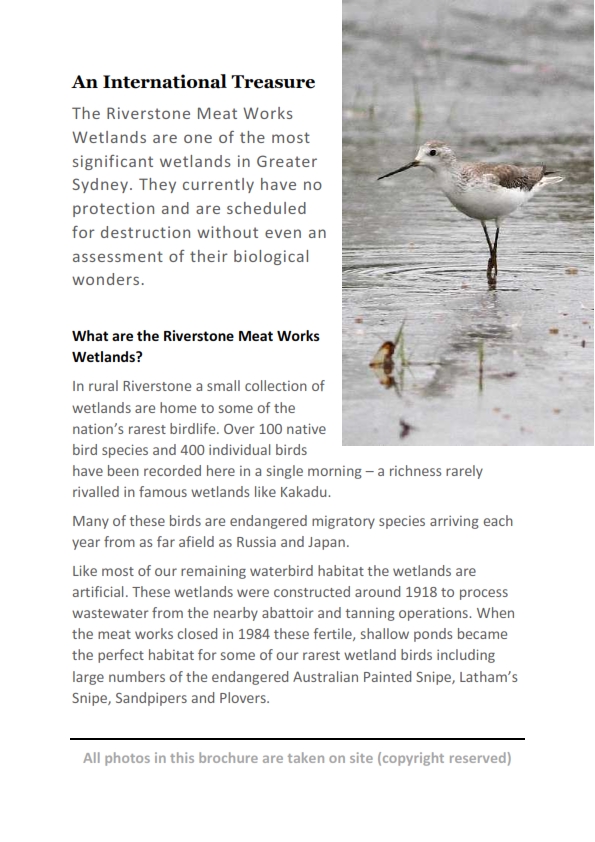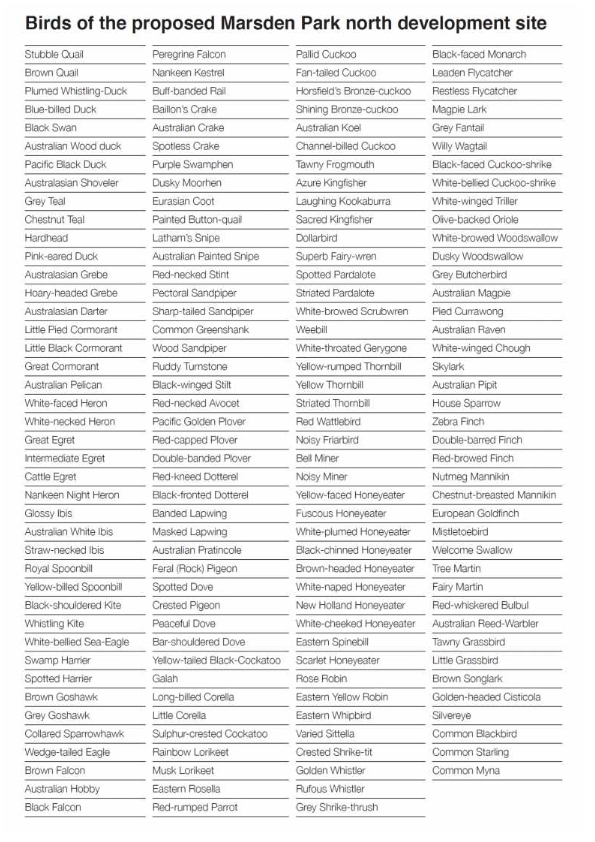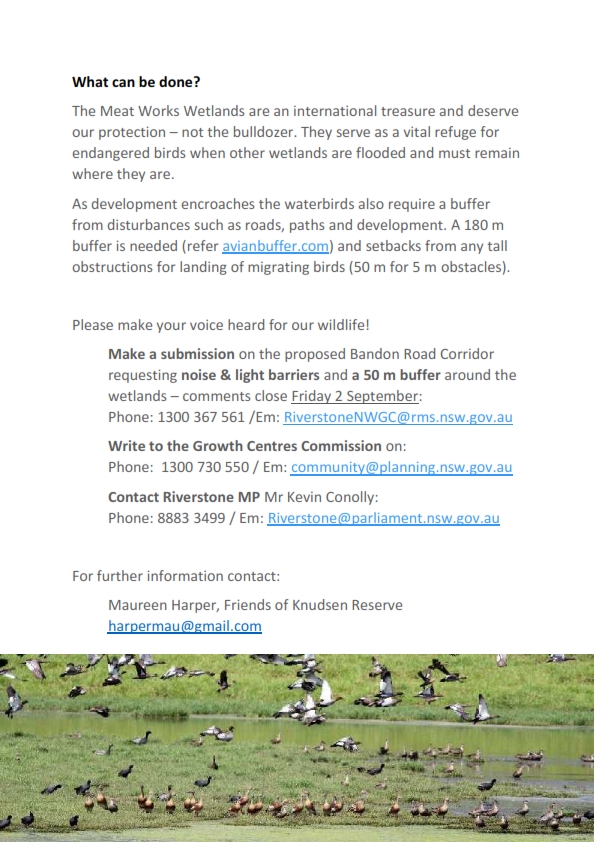Once again, thank you very much for your support for the welfare of the mob of kangaroos and their continued habitat at the Werrington Park campus of Western Sydney University (WSU).
WSU is not communicating with us but we know WSU and its development partner, Stockland, are progressing plans for development of the Werrington Park campus – communicating with Penrith City Council, National Parks & Wildlife Service and other but not us despite we being the first to raise concerns about the welfare of the kangaroos on the site.
A resident of Western Sydney who is also concerned about the welfare of the kangaroos has passed on to us a response she received from WSU last November when she expressed her concern for the future of the kangaroos. We provide an extract herewith:
“In February 2022, the University announced a partnership with Stockland to create a sustainable innovation precinct on its Werrington campus. The proposal will respond to the unique features and biodiversity of the site, including the kangaroos. Working with our academics and researchers, the project will look to embed world class sustainability principles in its planning and design.
In November 2021, a study was undertaken on the Werrington campus to determine kangaroo movements, management options and connectivity to a larger existing population within the South Creek riparian zone. The outcomes of this study were shared with Penrith City Council and National Parks and Wildlife Services (NPWS), noting their local and regional ecological responsibilities.
Through our commitment to a resilient and sustainable future, the University recognises that long-term management of the kangaroos must be informed by research, data, and specialised knowledge. Working with our partners, the University is seeking to understand how to best manage the wellbeing, safety, and sustainability of kangaroos on its campus and is considering the appointment of an independent advisory panel to guide these outcomes.
Western Sydney University recognises its role as the leading educational institution in the region. We are committed to delivering sustainable place-based outcomes in the interest of the communities that we serve. As the plans for our Werrington campus progress, we will engage with our students, staff, and broader community to ensure that their views are considered in the future of the site.”
We are bewildered at the potential for residential and commercial development on what has been foraging and habitat for a mob of kangaroos to produce a “sustainable innovation precinct”.
Re WSU’s statement “management options and connectivity to a larger existing population within the South Creek riparian zone”, this poses an unpalatable proposal to herd the kangaroos through existing residential and industrial streets of Werrington to push them into a mob presently inhabiting the South Creek area. A nightmare in waiting!!!
We will keep you, supporters of the kangaroos and their welfare, posted when we hear more.





















